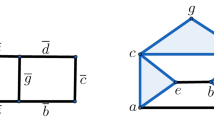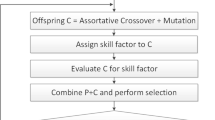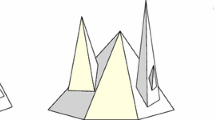M
is a non-contractible subcomplex of a simplex S then M is evasive. In this paper we make this result quantitative, and show that the more non-contractible M is, the more evasive M is. Recall that M is evasive if for every decision tree algorithm A there is a face of S that requires that one examines all vertices of S (in the order determined by A) before one is able to determine whether or not lies in M. We call such faces evaders of A. M is nonevasive if and only if there is a decision tree algorithm A with no evaders. A main result of this paper is that for any decision tree algorithm A, there is a CW complex M', homotopy equivalent to M, such that the number of cells in M' is precisely
where the constant is +1 if the emptyset is not an evader of A, and -1 otherwise. In particular, this implies that if there is a decision tree algorithm with no evaders, then M is homotopy equivalent to a point. This is the theorem in [12].
In fact, in [12] it was shown that if M is non-collapsible then M is evasive, and we also present a quantitative version of this more precise statement.
The proofs use the discrete Morse theory developed in [6].
Similar content being viewed by others
Explore related subjects
Discover the latest articles and news from researchers in related subjects, suggested using machine learning.Author information
Authors and Affiliations
Additional information
Received May 7, 1999 / Revised May 17, 2000
Rights and permissions
About this article
Cite this article
Forman, R. Morse Theory and Evasiveness. Combinatorica 20, 489–504 (2000). https://doi.org/10.1007/s004930070003
Issue Date:
DOI: https://doi.org/10.1007/s004930070003




